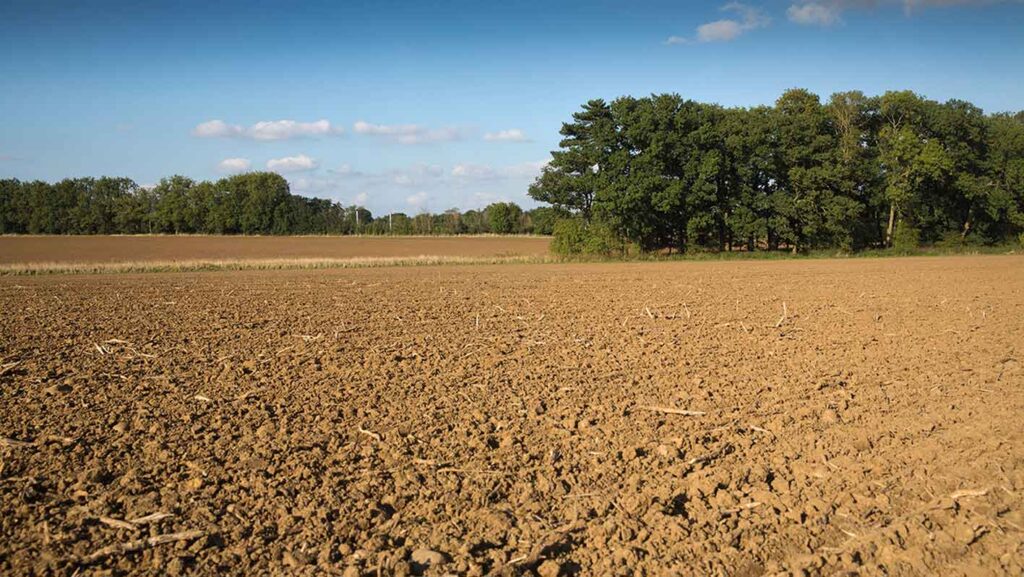Business Clinic: Tax advice on shared land project
 © Tim Scrivener
© Tim Scrivener Whether it’s a legal, tax, insurance, management or land issue, Farmers Weekly’s Business Clinic experts can help.
Here Joe Spencer, a partner in MHA, advises on the tax relief implications of farmland with development potential and which is in shared ownership.
See also: Business Clinic – tax advice for farmworker cottage construction
Q: We operate a farming partnership of mixed arable and livestock, and we have shared ownership of a potential commercial development site. The other owner of the site does not operate as a farmer.
We wish to position ourselves to all benefit from Business Asset Disposal Relief when we sell the site. Can we use our trading status to benefit our neighbours?
We are considering entering the land into the Sustainable Farming Incentive (SFI) until we sell the site.
What considerations should be taken if any in respect of our proposed arrangement to ensure that we put ourselves in the strongest position on exit?
A: There are numerous tax considerations in this scenario. The aim to secure the 10% capital gains tax (CGT) rate on the proposed sale requires the business meets the criteria for Business Asset Disposal Relief (BADR).
Currently, the 10% rate applies to £1m of lifetime gains an individual, which is still available to all sellers. The limit used to be £10m – perhaps this is something chancellor Rachel Reeves will look to use as an incentive coupled with a rise in the main rate of CGT.
BADR is available on the “disposal of business assets”, but typically, it is not as straightforward as it suggests. You could consider the overall structure of how this joint land is operated, which could see your non-farming neighbours also benefit from the relief.
A joint venture would usually work, where all of the owners have other farming operations, but as one of the owners does not farm in their own right, registering as a new partnership might be a better option.
A new partnership could be used to trade the land, with your existing business contracting for or share farming with the new partnership.
On the sale of site, the partnership can be ceased, and that should allow the owners to make a claim for BADR. A good lead time would need to be available to ensure the new partnership met its two-year trading criteria.
Equally important is to make the development land a partnership asset, which would require legal documentation and consideration of any stamp duty land tax (SDLT) implications.
Further considerations might be required if the land is part of a pooling arrangement for development.
The proposal to have the entire land entered into the SFI also needs consideration.
While we have reassurance that land entered under qualifying environmental schemes will qualify for agricultural property relief from an inheritance tax (IHT) perspective, this is no guarantee that the value of the land would be covered by business property relief (BPR).
The risk here is perhaps that one or more of the owners dies while the land has “hope value” due to the proposed commercial development, and should BPR not apply, only the agricultural value might be eligible for relief.
To take the IHT consideration further, it might be better to consider farming the land in hand, or using contractors to farm it. This might be as little as growing a crop of hay, or alternatively entering into a grazing licence.
It is critical that professional advice is sought, as while the aim here is to achieve a lower rate of CGT on the sale, the highest tax exposure is arguably to 40% IHT.
VAT should also be considered. Firstly, there will be a new trading partnership which will benefit from being VAT registered in order to recover VAT on its trading-related business expenditure.
Further, with the site potentially being sold for commercial development, owners should consider an election for an “option to tax” on the land.
This election can be made with HMRC and will result in VAT being chargeable on the sale of the land (which it is usually likely the purchaser can recover), and more crucially, it allows the seller to recover input VAT on costs incurred in connection with the sale, for example legal and professional fees, promotion fees and so on.
It is best if an option to tax is made from the outset, rather than leaving this to the last minute. Charging VAT on the sale will increase the purchaser’s SDLT liability, so needs to be agreed early on so there are no surprises.
Where there are different parties involved in the proposed transaction, and the transaction does not fit the norm of your trading activities, we recommend seeking professional advice to avoid any pitfalls, and in order to meet the objectives and expectations of all parties involved.
Do you have a question for the panel?
Outline your legal, tax, finance, insurance or farm management question in no more than 350 words and Farmers Weekly will put it to a member of the panel. Please give as much information as possible.
Email your question to FW-Businessclinic@markallengroup.com using the subject line “Business Clinic”.
